This loaf represents my first attempt at making Sourdough Einkorn Bread completely with Einkorn flour. It’s made with 100% whole grain Einkorn, including the sourdough starter, which is used as the raising agent instead of dry yeast. Read on to learn how to create this sourdough starter using Einkorn flour and make a loaf of bread using the newly created starter.
My journey with Einkorn
I began experimenting with Einkorn in early 2011. I became interested in this grain because I love history, especially the history of wheat. I thought it would be so romantic to learn about and bake bread with the original wheat. It is. I’ve become enamored with this ancient grain.
My journey is taking me into areas I would never have imagined a few years ago. I want to find out what happened to make wheat so intolerant. It wasn’t always that way, was it? I mean, bread is considered the staff of life… so what happened along the way?
I intend to find out. I’m not ready to give up on wheat…modern wheat maybe, or more importantly, modern methods of harvesting and milling the wheat that destroy the nutritional properties and prevent the grains from germinating on the stalk, but not wheat as it was intended to be. I have a lot to learn and understand about this and other ancient grains and their nutritional properties, but I’m fascinated by what I’ve found so far. I’ll try to share more as I begin to learn and understand. For now, I hope you enjoy this Sourdough Einkorn Bread.
Sourdough Einkorn Bread
Adapted from: Spelt Levain Loaf from May 2012 Issue of Saveur Magazine
Makes: 1 Loaf
The process I used to make this Einkorn sourdough starter and the resulting loaf is similar to the one I used to make this Whole Grain Spelt Starter and Loaf.
It takes 10 days to build the Einkorn levain (or starter), but it doesn’t require very much hands on time each day. Just feed the starter each day and let the mixture rest until the next day. On the 10th day, create a sourdough culture and let it rest for 8 to 24 hours until you are ready to bake the bread. After you’ve created the starter, keep it going to use in other breads.
Ingredients:
- ~ 7 1/2 cups whole grain Einkorn flour, plus additional for dusting
- ~ 3 cups filtered tap water, warm (115 degrees F.)
- 1/4 tsp active dry yeast
- 3 tbsp. (1 3/4 oz) honey
- 1 1/2 tsp. (3/8 oz) kosher salt
- oil for greasing the bowl
Directions:
Here is the process and measurements I used. It was really hot in Atlanta when I started the process so I adjusted the amount of water/flour depending on the humidity that day. I also stirred the levain a couple of times throughout the 24-hour rest period because the mixture seemed to get dry on top before it was time to feed it again.
Day 1: Create the Starter. In a large bowl, combine 2/3 cup einkorn flour, 1/3 cup water and yeast and stir until it becomes a smooth paste. Cover with plastic wrap and let it sit for 24 hours.
Day 2: Feed the starter. Add 1/3 cup + 1 tablespoon einkorn flour and 4 tablespoons water. Stir the mixture, recover with plastic wrap and let it sit for 24 hours.
Day 3: Feed the starter. Add 1/3 cup + 2 tablespoons einkorn flour and 2 tablespoons water. Stir the mixture, recover with plastic wrap and let it sit for 24 hours.
Days 4 & 5: Feed the starter. Add 1/3 cup + 1 tablespoon einkorn flour and 2 tablespoons water. Stir the mixture, recover with plastic wrap and let it sit for 24 hours.
Days 6 & 7: Feed the starter. Add 1/3 cup + 1 tablespoon einkorn flour and 3 tablespoons water. Stir the mixture, recover with plastic wrap and let it sit for 24 hours.
Day 8: Feed the starter. Add 1/3 cup + 1 tablespoon einkorn flour and 4 tablespoons water. Stir the mixture, recover with plastic wrap and let it sit for 24 hours.
Day 9: Feed the starter. Add 1/3 cup + 1 tablespoon einkorn flour and 2 tablespoons water. Stir the mixture, recover with plastic wrap and let it sit for 24 hours.
Making Bread with the new Einkorn Starter
Day 10: Create the Sourdough Culture.
Take 1/4 cup starter and place it in a large bowl. Stir in 1/2 cup water and 1 cup einkorn flour. Mix with a Danish dough whisk until smooth. This will be your sourdough culture. Let the culture sit for 8-24 hours, until you are ready to bake. Place the remaining starter in a mason jar and put it in the refrigerator to use as your new einkorn starter.
Day 11:
Mix the Dough. Remove the plastic wrap and add about 3 1/2 cups Einkorn flour, 1/2 cup + 1 –2 tablespoons water, 3 tablespoons honey and 1 1/2 teaspoons salt and mix with a Danish dough whisk until a dough forms and all the flour is absorbed.
Knead the Dough. The next step is to transfer the dough to a lightly floured work surface to knead it. The dough was a sticky mess so instead of adding too much flour during the kneading process, I covered the dough with plastic wrap sprayed with olive oil and let it rest for 15 to 20 minutes. During this time, the flour absorbs the water and the gluten structure starts to develop.
Bulk Fermentation: After the autolyse (rest period), knead the dough for about 10 minutes until it is smooth and elastic and place it in an oiled bowl.
Cover the bowl with plastic wrap and let the dough proof until it is doubled in size, about 2 1/2 – 3 hours.
Shape the Loaf: Transfer the dough to a lightly floured work surface, and flatten it into a rough round.
Fold the top and bottom edges toward the middle, like a letter, to evenly distribute the air pockets and help the bread rise evenly in the pan. Pinch the seams together.
Final Proof: Place the dough seam side down in a greased 8” x 4 1/2 x 2 1/2” loaf pan. Recover with plastic and let it sit again until doubled in size, about 2-3 more hours.
The dough is supposed to reach the top of the pan; however, I let the loaf proof for about 5 hours and it never reached the top of the pan. I decided it was time to bake it.
Prepare the Loaf for Baking: Preheat the oven to 375 degrees F. Lightly dust the top of the loaf with more einkorn flour and score it using a razor (lame) or serrated knife. I used a lame. It was a bit tricky since the dough didn’t rise all of the way to the top.
Bake the loaf until nicely brown, about 30-40 minutes. Let it cool on a wire rack before slicing and serving.
Due to the whole grain Einkorn and the newly created starter, this is a slightly dense loaf, but very tasty. It has a unique and tangy flavor from the sourdough. I like it! I think the sourdough performed pretty well considering it was new.
Happy Baking!
Cathy
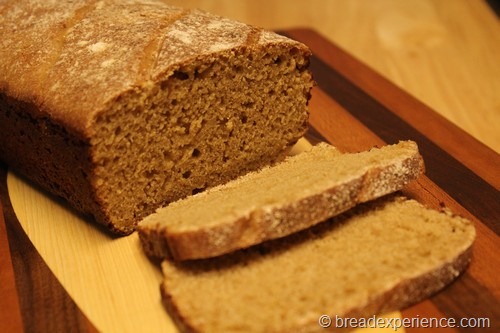
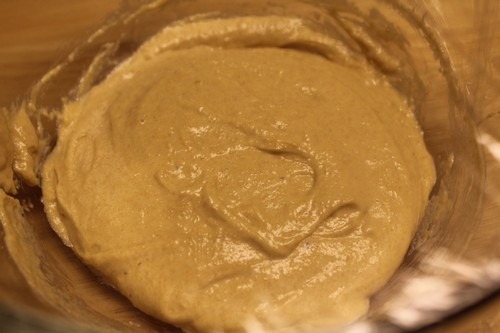
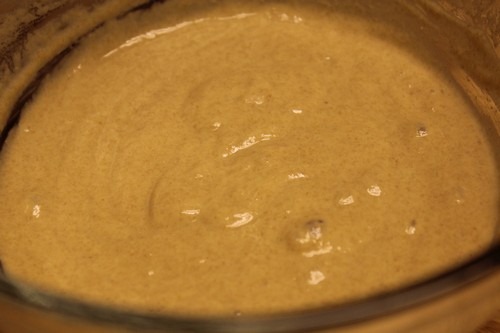
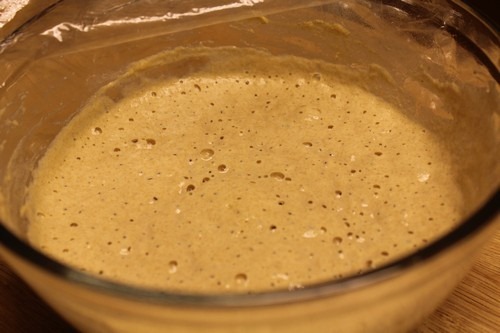
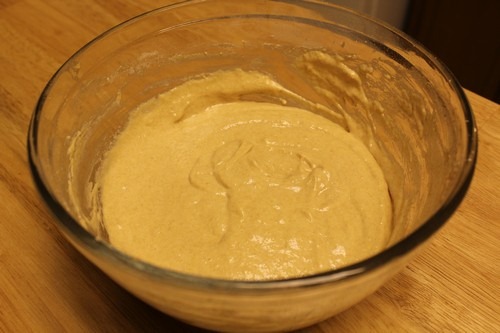
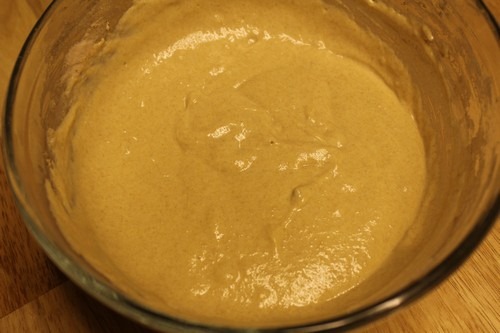
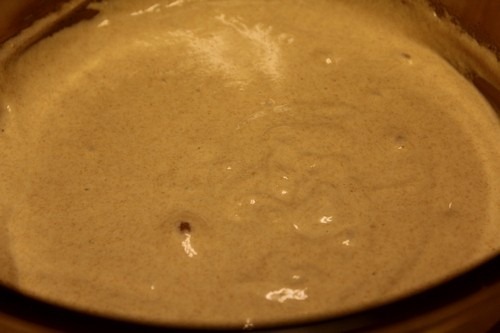
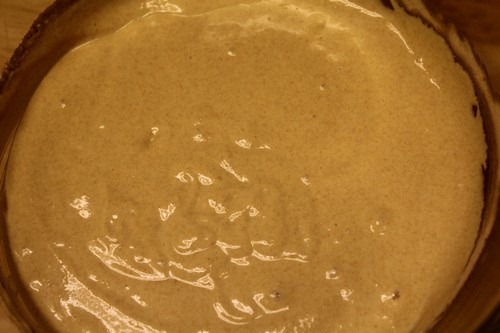
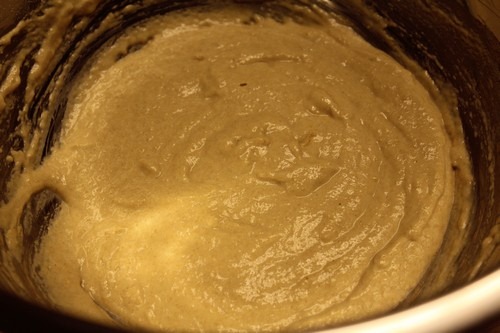
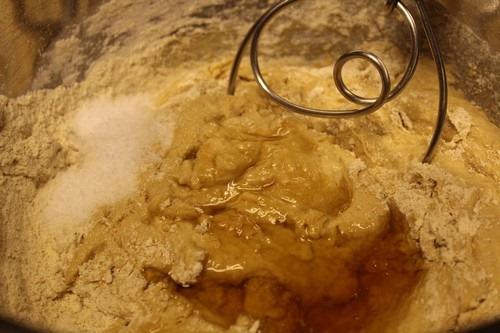
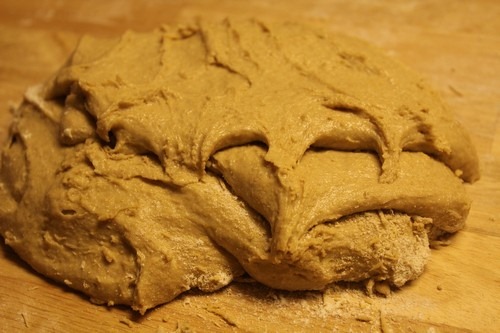
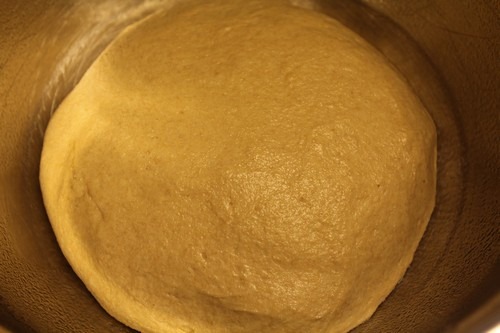
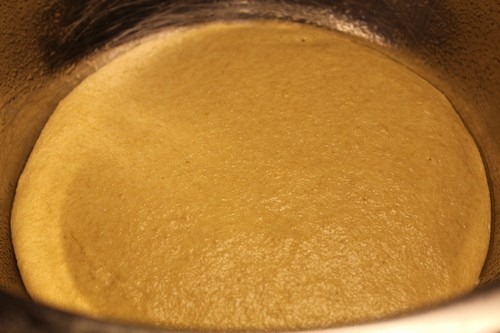
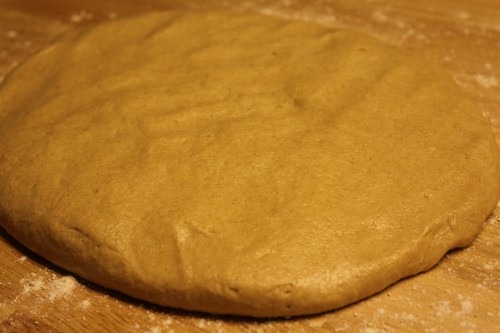
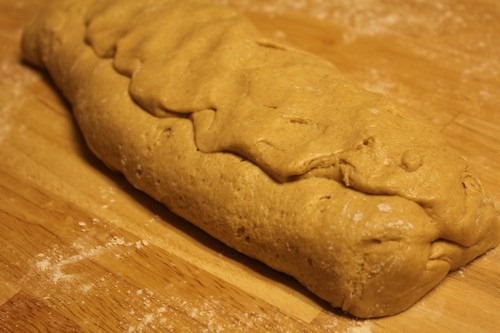
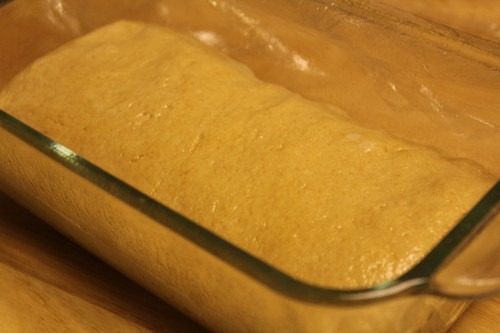
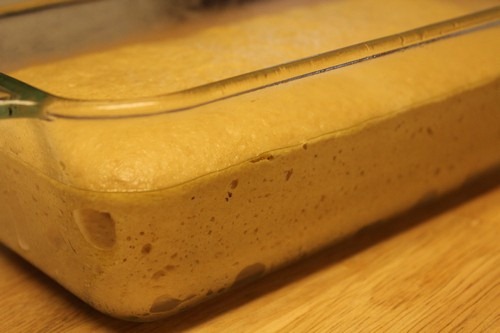
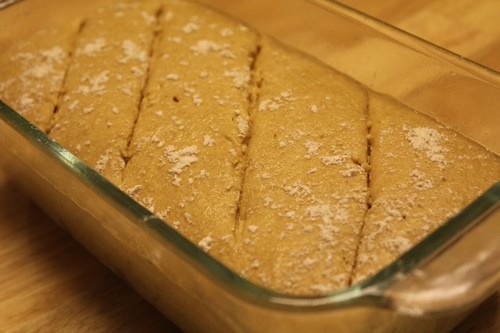
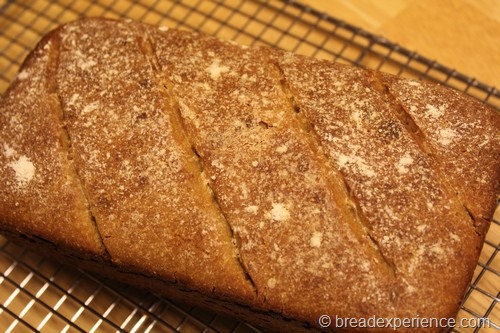
Anonymous says
Hi Cathy … this Sourdough Einkorn Bread looks great! I’m going to try your recipe soon. Quesion for you however; Did you grind your own einkorn berries and use that flour right away to make your starter? I have heard it’s not a good idea to try and make starter with freshly ground wheat (Einkorn or otherwise,) and wanted to ask you. Also, I’ve ground my own Einkorn for a few months now, and do have a hard time to get it to rise even as well as yours did in these photos above. How fine of a flour do you grind, or do you buy your Einkorn flour?
Thanks!
Carol
Cathy Warner says
Hi Carol, for this Einkorn starter and bread, I believe I used Einkorn flour that I had milled and stored in my freezer. I usually grind Einkorn and other wheat berries into flour on the bread flour setting on my grain mill. I grind several cups at a time and keep it in my freezer. I sometimes grind flour on the pastry flour setting as well, but not for general bread baking use. I have also used 80% extraction Einkorn flour in other bread recipes, but for this one, I used whole wheat Einkorn flour.
Einkorn breads don’t rise as much as regular wheat because the gluten structure is different. I let the loaf proof for 5 hours in the loaf pan and it still didn’t rise to the top.
I hope you do try the recipe and let me know how you like it.
Ann Dunlap says
I wonder what would happen if you let it sit for 24-36 hours instead of 5?
Cathy W. says
I wouldn’t recommend leaving it at room temperature that long, but retarding the dough overnight (or longer) in the refrigerator after the 3 hour bulk fermentation would probably help. Or even after shaping the loaf.
Olivia says
Hi,
Do you ever use a dutch oven to bake your loaves?
Olivia
Cathy says
Hi Olivia, yes, sometimes I bake loaves in a Dutch oven just not this bread.